Vertigo was once reviled by critics but is now considered Hitchcock’s greatest masterpiece
Citizen Kane topped film polls for 50 years until Hitchcock’s Vertigo knocked it off the top spot in 2012
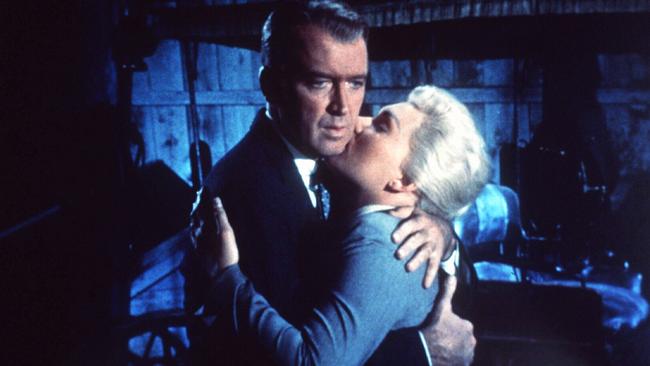
Today in History
Don't miss out on the headlines from Today in History. Followed categories will be added to My News.
FOR decades the film Orson Welles’ Citizen Kane dominated the list of “greatest films of all time” published annually by the British Film Institute’s magazine Sight & Sound . But in 2012 it was announced that Kane had been toppled by Alfred Hitchcock’s Vertigo.
A box office disappointment when it premiered 50 years ago today, it is only recently that critics have begun to speak of Vertigo as Hitchcock’s greatest work.
This strange tale of a cop with a fear of heights becoming obsessed with a dead woman broke many of the rules of suspense films at the time. Although its star Jimmy Stewart played a detective, it was not the conventional policeman or private eye trying to solve a crime. It was a superior psychological drama, in which the detective doesn’t know a crime has been committed and is only led to the murder plot by his obsession with a woman who committed suicide.
The film had its origins in a chance meeting between two French thriller writers. One of them was Thomas Narcejac, a fan of crime fiction since he was young who earned an arts degree in literature and philosophy from the Sorbonne. He had written several detective stories but in 1947 he published a paper, L’Esthetique du roman policier (the aesthetic of the police novel), analysing the genre. The next year he published his first novel, La Mort est du voyage (Death on Tour).
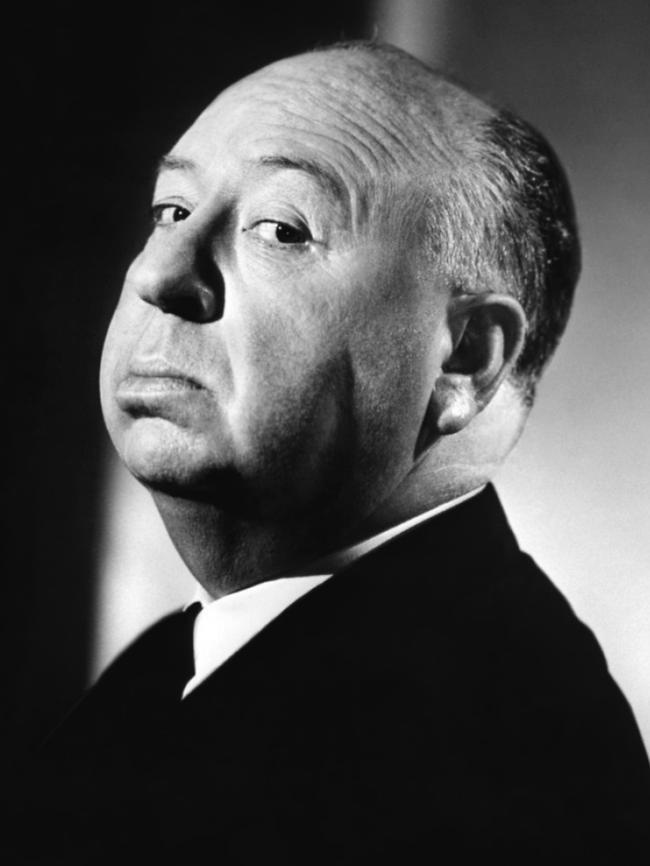
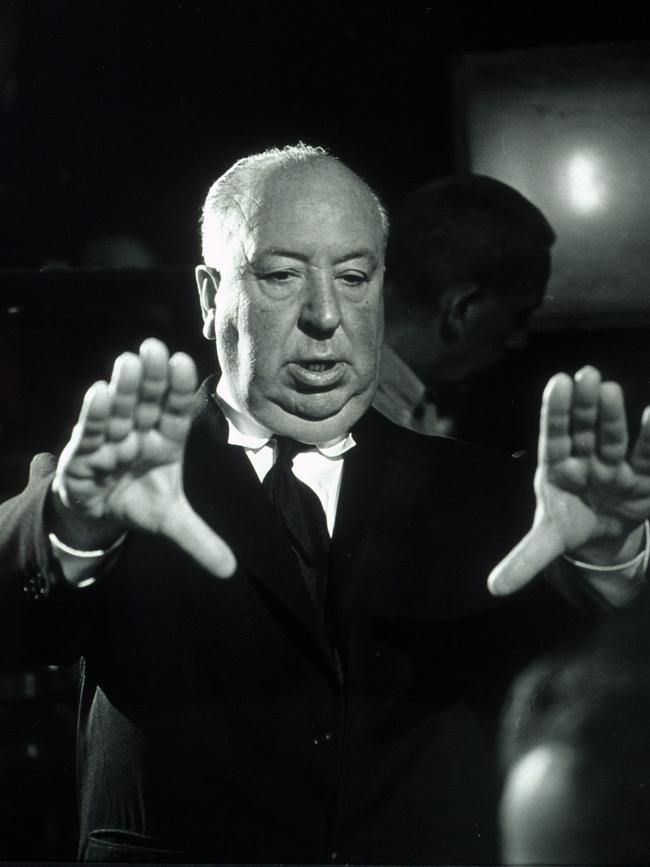
The work earned him the prestigious French award for detective fiction — the Prix du Roman d’Aventures — in 1948. At a Paris brasserie where a dinner was given in his honour he met Pierre Boileau, a past winner of the same award. They discovered a shared passion for the works of writers such as Arthur Conan Doyle, G.K. Chesterton and Maurice Leblanc (creator of the French thief-turned detective Arsene Lupin).
Both had a disdain for the invasion of the somewhat formulaic American detective fiction of Dashiel Hammett and Raymond Chandler and were determined to write works that were more challenging for the reader. It led to a series of collaborations under the name Boileau-Narcejac.
Narcejac was the one with literary pretensions but Boileau’s specialty was providing the intricate plots. Their first collaboration L’Ombre et la proie (The Shadow and the Prey) was published in 1950 under the pseudonym Alain Bouccareje, an anagram combining letters of their names.
Other works followed, attracting interest from film directors. Their 1952 story Celle qui n’etait plus (the woman who no longer was) was coveted by Hitchcock but snatched by another director Henri-Georges Clouzot, who adapted it to the screen as Les Diaboliques.
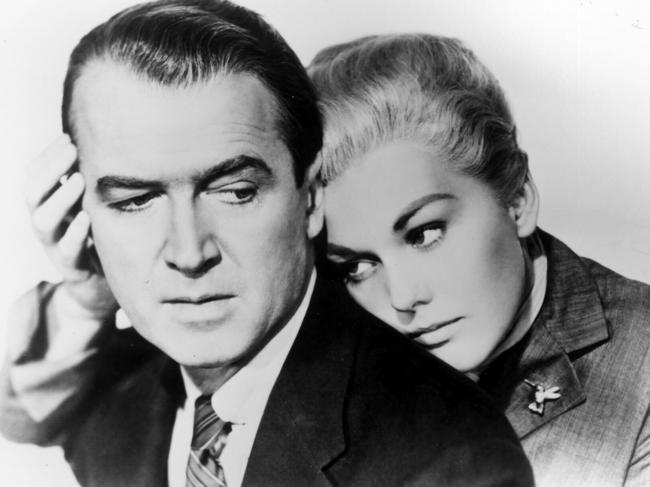
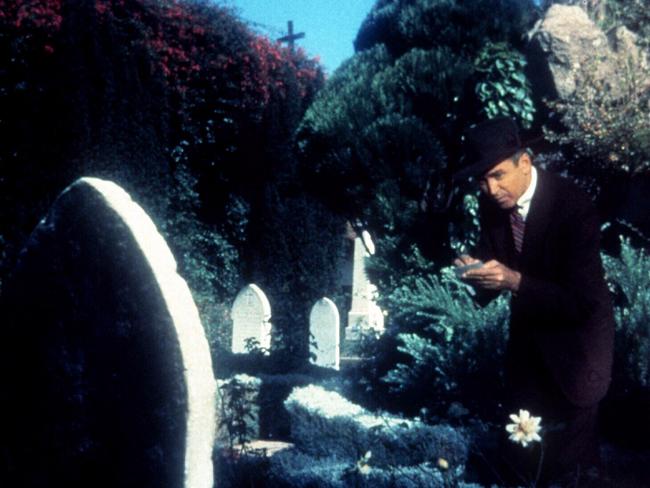
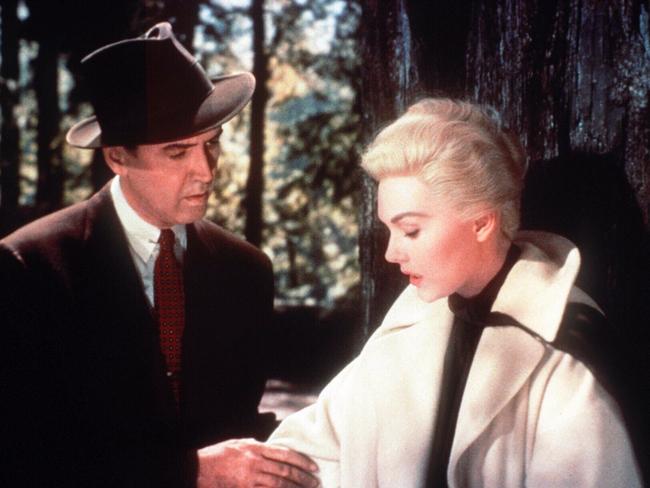
But the English-born Hitchcock bided his time and secured the rights to the 1954 novel D’Entre les morts (From among the dead), a story partly inspired by Burges-la-Morte by Belgian author Georges Rodenbach. In 1951 Hitchcock, in San Francisco for the premiere of one of his films, thought the city would make a great location for a movie. But he had been looking for the perfect story, which he found in D’Entre les morts.
The screenplay went through three versions and many changes, including changing the setting from Paris, before getting the director’s approval. The studio scouted for locations and found a former Spanish Catholic mission that would feature in the final scene. The famous bell tower had to be painted in because after Hitchcock’s team had found the mission the real spire had to be demolished after a fire.
Hitchcock cast Vera Miles as the main character of Judy, but when production was delayed because Hitchcock fell ill, Miles became pregnant and Kim Novak was cast in her place.
Novak was on loan to Universal from Columbia studios and when she discovered that Columbia was making $250,000 for the loan, she refused to turn up for shooting until she got a pay rise. It worked and her pay was boosted.
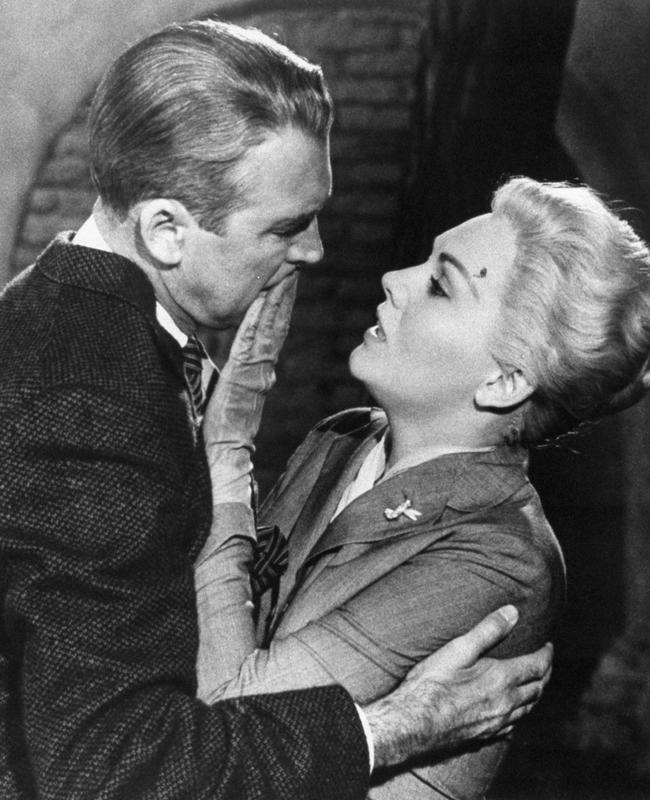
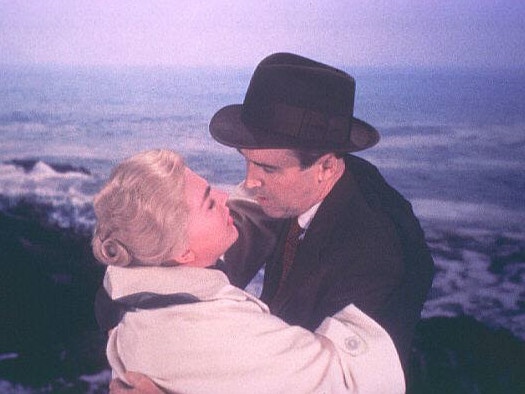
Hitchcock was a perfectionist, he is said to have taken days to film one scene where Novak looks at a painting because he wanted to get the lighting right. Many accounts also credit Hitchcock’s crew with inventing the “contra-zoom” shot, in which the cameraman zooms in on a subject while the camera is dollied (wheeled away) giving a disconcerting effect that is often called the Vertigo zoom. However, the technique had been used in the 1954 film Hobson’s Choice.
When it premiered on May 9, 1958, critics were not kind; at 49, Stewart was way too old for Novak who was 25, it was just another Hitchcock film or the plot was too thin. When the film didn’t do as well as expected, Hitchcock blamed Stewart and, despite previous successful collaborations, never worked with the actor again.
After the film was restored and re-released in 1996, critics finally began to appreciate it as perhaps Hitchcock’s finest work.

